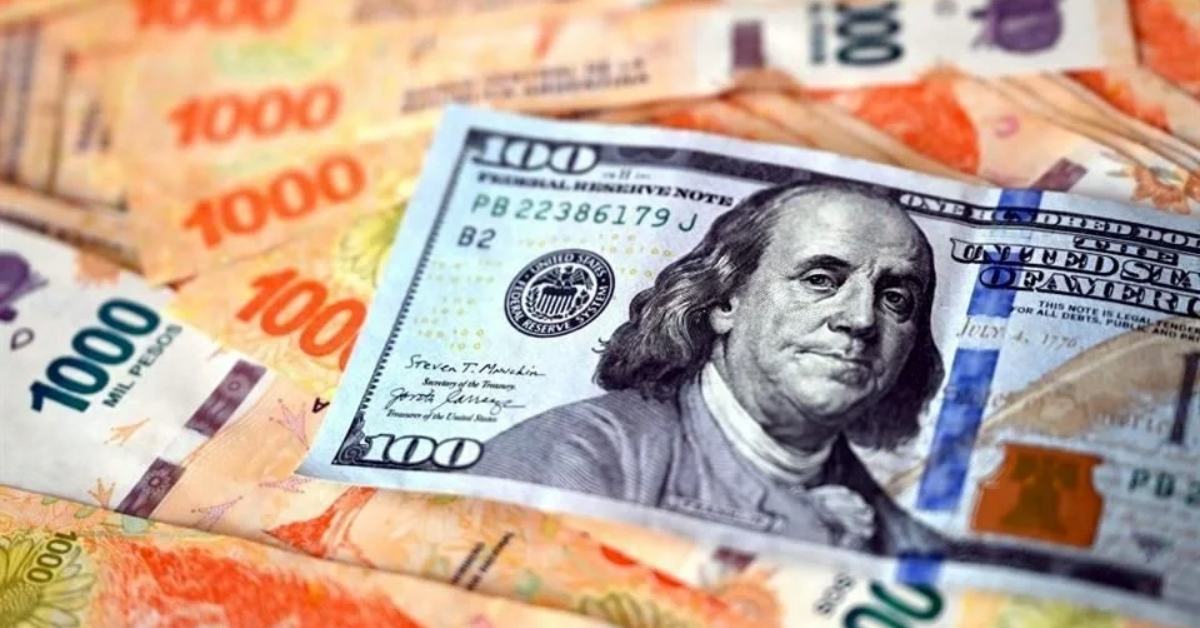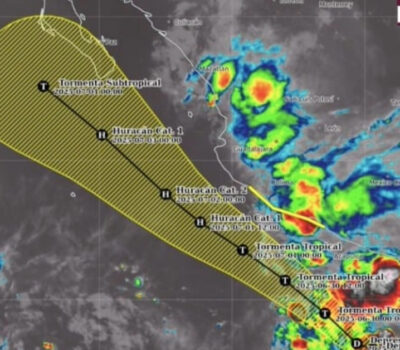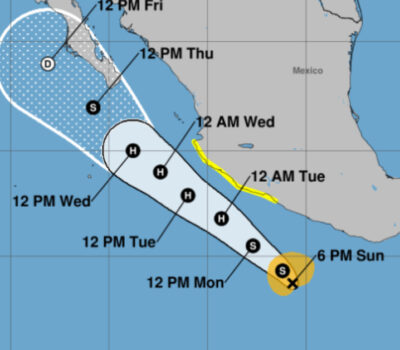Puerto Vallarta, Mexico – The Mexican peso depreciated sharply against the U.S. dollar on Friday as global recession concerns and escalating trade tensions weighed on investor sentiment. The local currency slid back into negative territory after China announced a sweeping retaliatory measure against new U.S. tariffs, intensifying market jitters.
According to official data from the Bank of Mexico (Banxico), the spot exchange rate currently stands at 20.4446 pesos per dollar, a noticeable decline from yesterday’s closing price of 19.9434 pesos. This movement translates to a loss of approximately 50.12 cents, or a 2.51% depreciation of the peso. Trading activity shows the dollar fluctuating between a high of 20.4856 and a low of 19.9056 pesos, while the Intercontinental Exchange’s Dollar Index (DXY) recorded a 0.51% rise to 102.47.
The sharp decline in the peso’s value comes on the heels of U.S. President Donald Trump’s recent tariff announcements, which notably excluded Mexico thanks to provisions under the USMCA. With Mexico spared from the tariffs, the peso initially began to stabilize but soon returned to its downward trajectory as global economic uncertainty set in.
China’s Swift Retaliation
In a dramatic turn in the ongoing trade dispute, China – one of the principal targets of the U.S. tariff campaign – retaliated by imposing a 34% tariff on U.S. goods. This move marks the largest retaliatory measure ever taken against President Trump, who announced tariffs aimed at protecting domestic industries and asserting greater negotiating power. Trump, however, hinted at the possibility of reducing tariffs if what he described as something “phenomenal” was offered by trade partners. Despite these reassurances, analysts suggest that the broader economic landscape remains volatile.
Impact on Global Markets and U.S. Economic Indicators
Financial markets continue to grapple with the impact of escalating trade conflicts. “We anticipate that the escalating trade conflict will continue to depress appetite for risk assets, even overshadowing the favorable reading of today’s U.S. payroll figures,” noted analysts from the firm Ve Por Más. Their observation comes in the wake of robust U.S. employment data released earlier this morning, which showed that 228,000 non-farm jobs were created in March – significantly above the expected 137,000. Despite this strong jobs report, the unemployment rate edged up slightly from 4.1% to 4.2%, and average hourly earnings grew by 3.8% annually.
Market participants are now turning their attention to forthcoming comments from Federal Reserve officials, including Chairman Jerome Powell. “If it reinforces the idea that the Fed should wait for data and be cautious, the reaction could be negative,” commented analysts from Vector Analysis, highlighting the delicate balance policymakers face amid the turbulent economic backdrop.
As the trade war intensifies and global economic risks mount, investors remain cautious, watching closely for signals from both Washington and Beijing. The combined pressures of escalating tariffs, shifting exchange rates, and evolving labor market data underscore the challenges ahead for both national economies and global financial markets.
Puerto Vallarta, Mexico - The Mexican peso depreciated sharply against the U.S. dollar on Friday as global recession concerns and escalating trade tensions weighed on investor sentiment. The local currency slid back into negative territory after China announced a sweeping retaliatory measure against new U.S. tariffs, intensifying market jitters.












